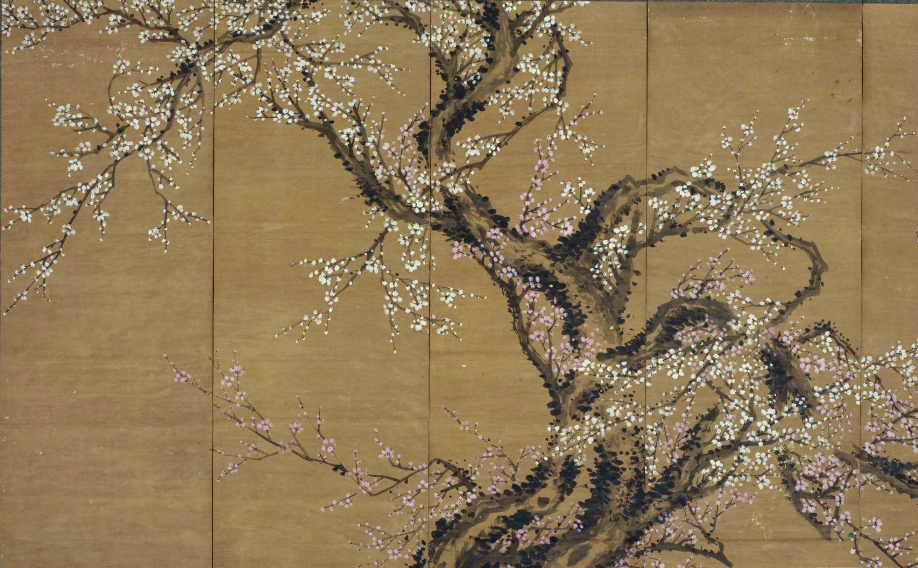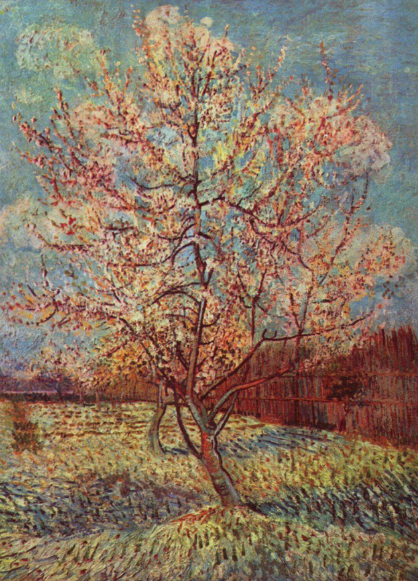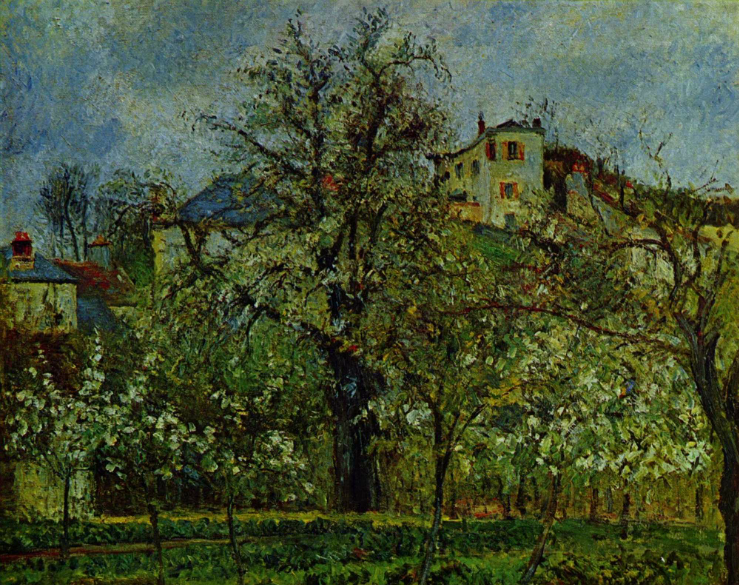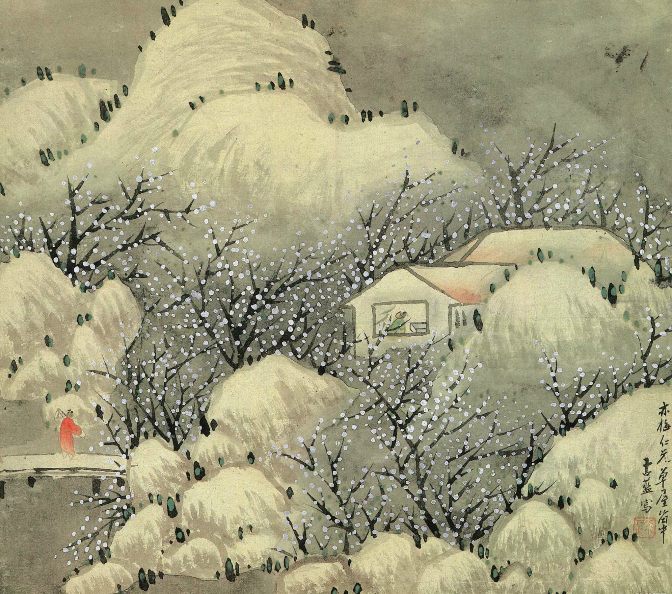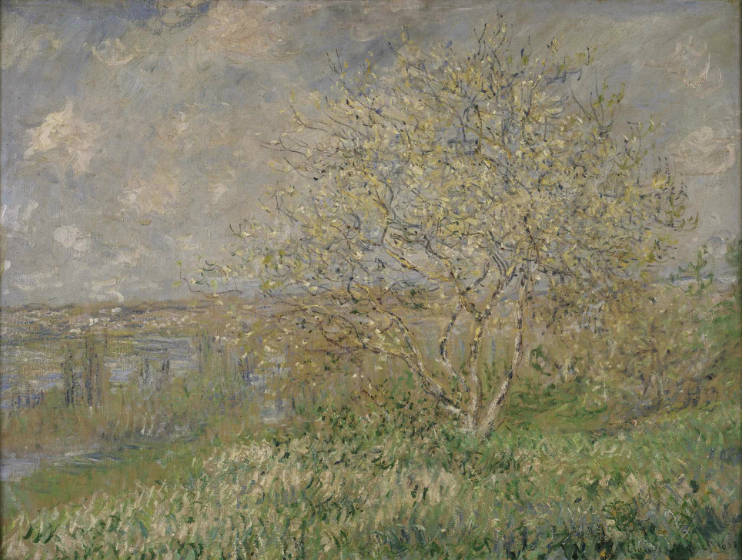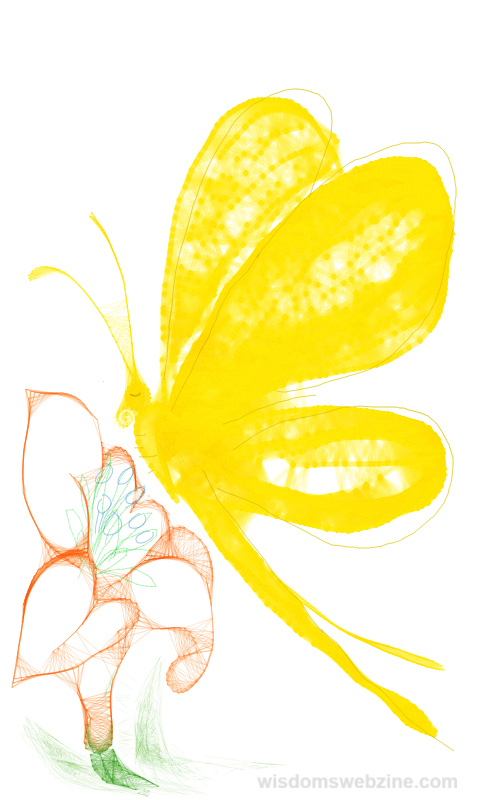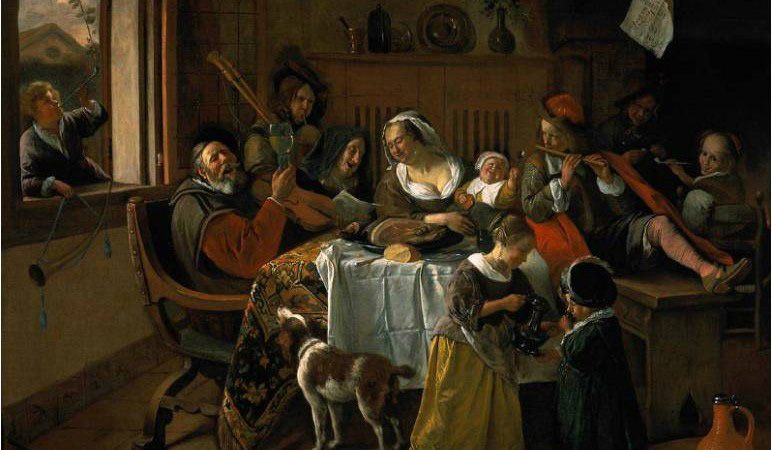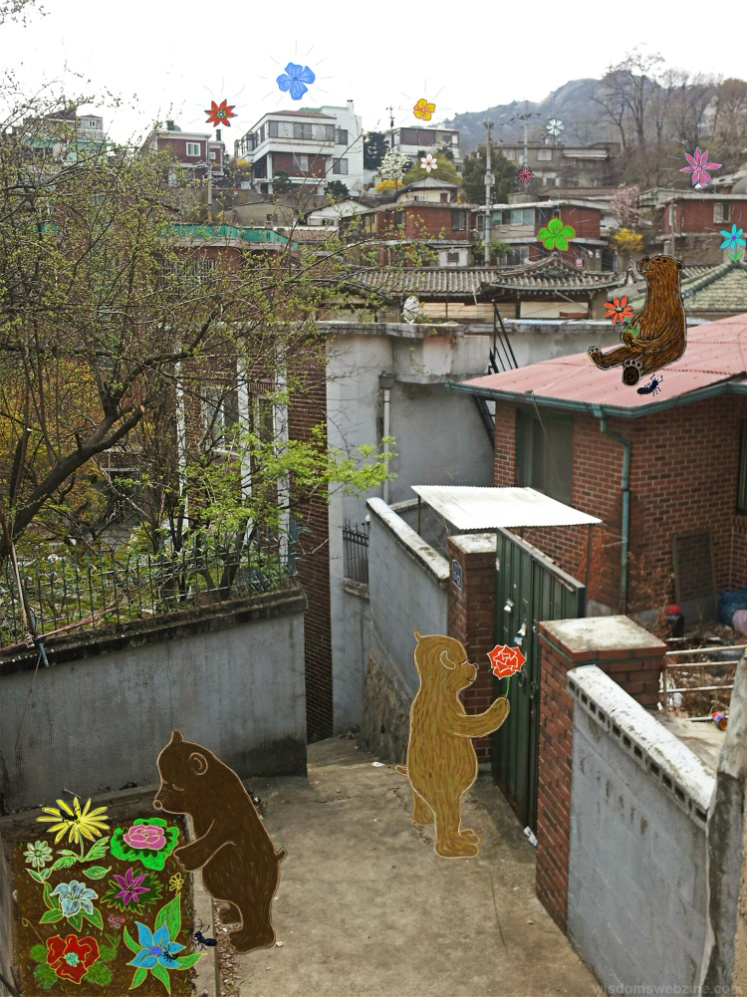It seems that painters in history have painted when spring – a season of blooming – came. It seems that oriental and western painters of the 19th century were single-minded even though they lived at opposite sides of the earth.
In the 19th century, there was a kingdom called Joseon on the land that is now Korea. Back then, its society was made up of a predominantly philosophical ideology called Confucianism. Based on the teachings, the ideal man was believed to be faithful, integral, modest, and thrifty. It is known that they found such qualities from nature and honored them. Plum flowers that are loved together with bamboos, orchids and chrysanthemums, are still erupting many paintings with their beauty.
“Countless plum flowers in bloom look like stars falling from the Milky Way, and they also look like colorful butterflies flying around.”
It is a quote from Cho Hui Ryong, a painter of the 19th century, who loved plum flowers and often painted them in his artwork.
Red Plum Flowers and White Plum Flowers, Cho Hui Ryong, 19c
Oriental paintings mostly restrain colors and use black and white. However, they began to express the splendor of Plum flowers with colors in paintings at this time. We can feel how the painter loved Plum flowers from the canvas that is filled solely with one tree and its flowers blooming like stars. Plum flowers overcome the coldness of winter to bloom in early spring. Its firmness becomes an example for us. Also, its splendor that signals the arrival of spring delivers the beauty of nature.
On the other hand, Van Gogh, a famous painter on the other side of the earth, also painted a peach tree in bloom.
Peach Tree in Blossom, Vincent Van Gogh, 1888
Contrary to the restrained use of colors in Oriental paintings, it shows another charm of a spring tree. The spring captured on the Impressionist canvas expresses vigorous and vital life. It is not an exaggeration to say that it is a feast of colors. It seems that every color of the world praises the illuminating spring. The canvas is fully filled with colors without any blank spots but it doesn’t seem like it – Probably because of the harmony of colors that is created by lights.
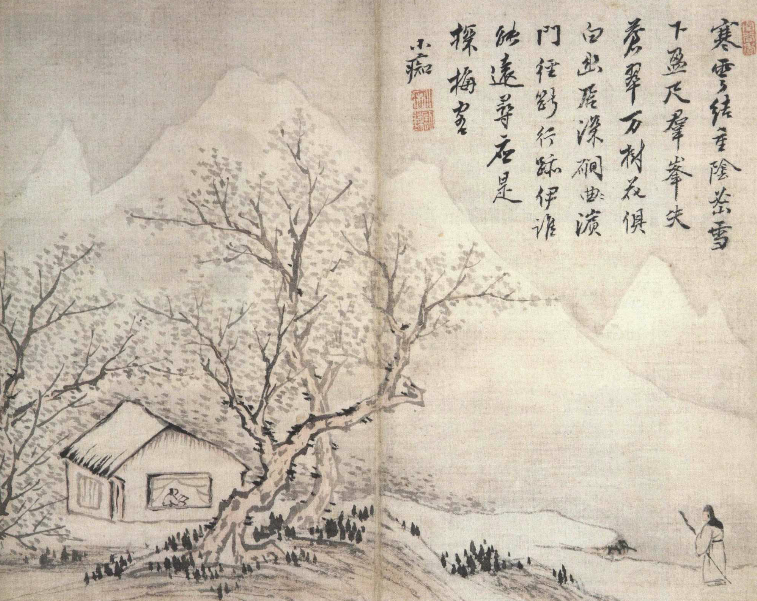
Orchard with Flowering Trees, Camille Pissarro, 1877
The scenery and houses covered with the green from the spring orchard by Pissarro are beautiful. Pissarro, the Impressionist painter, completed the piece with delicate brushstrokes to express colors and impressions that the green lights of spring give momentarily. Similar to the Impressionist painters of the 19th century, who captured the natural scenery in most of their pieces, most of the Oriental pieces at that time also captured the usual scenery of nature as well as mankind coexisting in nature.
A Painting of a Grass-roofed House with Plum Trees, Chon Ki, 19c
Contrary to the Oriental paintings that were expressed with strokes and blank spaces, the world that the Impressionist painters had expressed in the 19th century mostly depicts impressions and colors of the world created by lights. Like the scenery in Monet’s painting, there is not a clear distinction between natural things like trees, grass fields and the sky. They show as one mold. The overall color tones created by lights signal the arrival of spring.
Le Printemps, Claude Monet, 1882
Likewise, images of spring created by different cultures of the same generation are equally beautiful. What they have in common is that they still give us inspiration even though a number of centuries have already passed. This is because the painters showed their beautiful hearts by engraving in canvases. They tried to capture the moment of blooming on their canvas. It shows us that they are of one mind even though they come from different cultures and backgrounds.
To transcend centuries and be able to enjoy the everlasting beauty that nature shows us is the biggest blessing. There is no creature as beautiful as nature. The task of taking something like the creatures into one’s mind and recreating it with creativity is the talent that god has given to mankind.
With their eyes that can see the beauty of the world that has already been recreated completely in their mind, and the efforts of the painters who capture the moment and deliver inspiration to us, in some ways, would make them become one with us. All of the art pieces in the world are yelling at us, even at this moment: ‘look at such a beautiful world,’ ‘let’s exist together with the world,’ and ‘be together.’
Let’s enjoy together!


